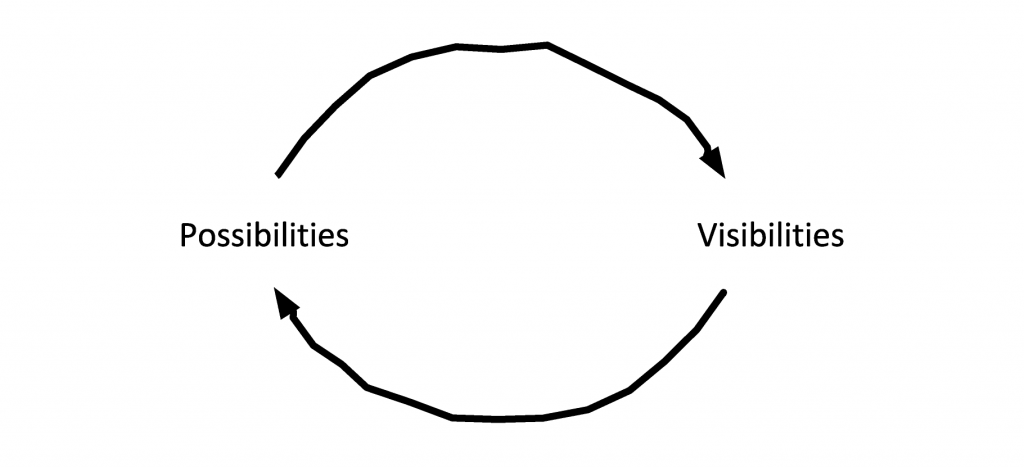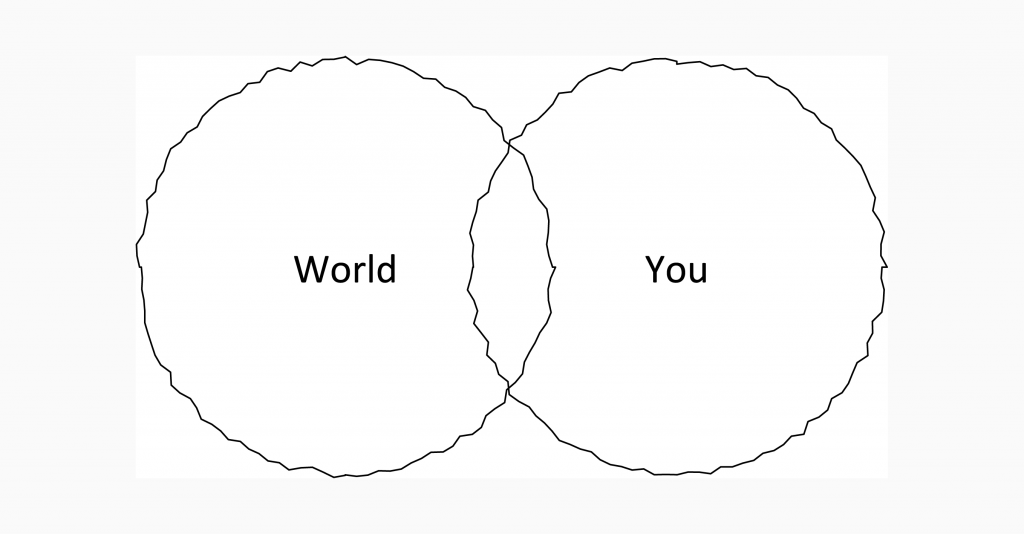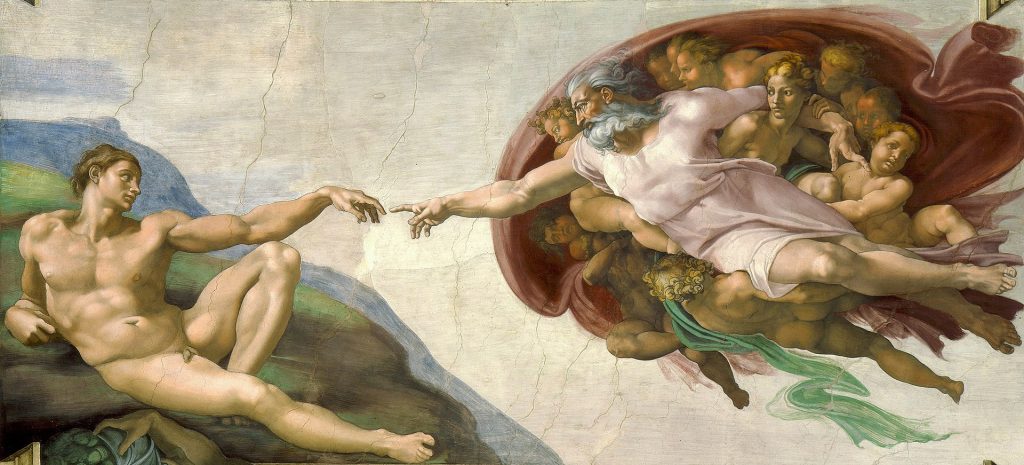In its broadest term, networking is about forming and maintaining relationships that are mutually beneficial – about building rapport. These benefits can have all sorts of characteristics, and depend on your personal interests and value systems: you might care about deep conversations and real emotional connections, or focus on the generation of sales and the expansion of your economic support network. Most frequently, art networking is used to increase one’s possibilities by increasing one’s visibilities, with each feeding the other.

When networking, your main currency is yourself – a self that features at least two sides: internal and external attributions.
- Internal attributions are those that you can influence: the attention you give, your curiosity and sensitivity, as well as your awareness of other people’s intentions (the psychological term is “self perception”).
- External attributions are those that others have about you: how people see you (your standing, alleged fame and importance), whether they appreciate your work, or whether they want to be associated with you (the psychological term is “social perception”) .
Networking is about how you interact with the world, and how the world interacts with you – it’s always a dialog. Although you might pursue specific goals when networking, the outcome of interacting with the world often can’t be anticipated: your intention of talking to Person A, might instead lead to an introduction to and collaboration with Person B. A random encounter on the street (with someone you first met at an opening the night before) leads to a studio visit, and sets the stage for an exhibition or sale: a huge part of networking seems to be random – the better you can surf the waves of randomness, the more unexpectedly exciting the results can be.
Being out there
The prerequisite for networking is to engage with the world – specifically by engaging with other people. You can’t network while producing your work, reading a book or writing an artist statement. Instead, networking requires you to encounter people, which can happen both in the physical and the virtual world: exhibition openings and other art events are just as relevant as social media channels: meaningful connections can emerge anywhere where people connect.

Although networking is a tool to foster any sort of relationship, your relationships ideally serve a purpose – the most common of which is to find support for your cause. Artists obviously have endless amounts of causes: exhibiting or selling their artworks, finding gallery representation or collaborators, renting a studio, commissioning a text about their work, etc. Of course, your causes aren’t inherently interesting to others; a naive way to approach the world would expect others to be interested in you and your work, and thus to be eager to help you – ideally for free. A less naive approach is to expect others to not really know about you, but to sometimes be curious to help you (if the payment or reciprocity is right). The most realistic approach is to understand that support always depends on a variety of factors, including mutual knowledge and liking, individual curiosities, time schedules and economic situations. Networking can’t influence all of these factors – but it can foster a deeper commitment and willingness to help each other, and thus be the basis for collaborations.
Networking vs. making friends
Since networking is based on establishing meaningful connections for mutual support, it’s inherently similar to friendship – after all, what are friends for if not to support each other. The distance between the two can be hard to spot: the strongest career supporters in your network can be the result of a friendship going back to your childhood days, just as your today’s collaborators can become your tomorrow’s best friends. While networking aims to establish business connections, the individuals behind these connections might end up being closer to you than your actual friends; their awareness and curiosity, mixed with the time spent in a collaborative work setting can often result in a deeper connection than some friendships offer. Networking collaborations can emerge just as organic as friendships – and can obviously turn into them. There are benefits to thinking of other people as potential partners-in-crimes, instead of as further nodes in your network; your network might be that much stronger as a result.

Each interaction with the world includes a networking opportunity: posting your artworks or thoughts on social media, attending industry events, organizing an exhibition. This isn’t limited to your professional field, but can include situations happening in your personal life; you can meet future collaborators when commuting, going out or pursuing your hobbies. Where artists traditionally have bad work-life-balances, this can further weaken the borders between their work and personal lives; if opportunities lie everywhere, when do you stop looking for them? When does your working day end?
The open-endedness of networking
Sustainable networking doesn’t just require reciprocity, but also mindfulness: you need to know when to stop. Yes, the art world is fluid, with people frequently changing jobs and functions; in theory, everyone can always help you further: artistically, emotionally, economically, structurally – just as you can (in theory) always help improve someone else’s situation. Yet trying to win everyone’s attention will only result in ambiguity and a lack of direction. The world offers endless possibilities, but you can’t pursue them all. There needs to be focus to your efforts. You need to establish and maintain a proper balance between your work and networking efforts: mindfully increasing your network allows you to foster a strong circle of collaborators – instead of loose connections without depth or commitment.
Challenges of art networking
While networking is a standard interaction in most fields, artists can have ambiguous feelings about it. In an industry based on the alleged purity of the artist’s idealism, advancing one’s career can be seen as impure. The reality is that artists either have preexisting networks to rely on (through family connections), or need to build them on their own; without it, their work’s visibility will be severely limited.